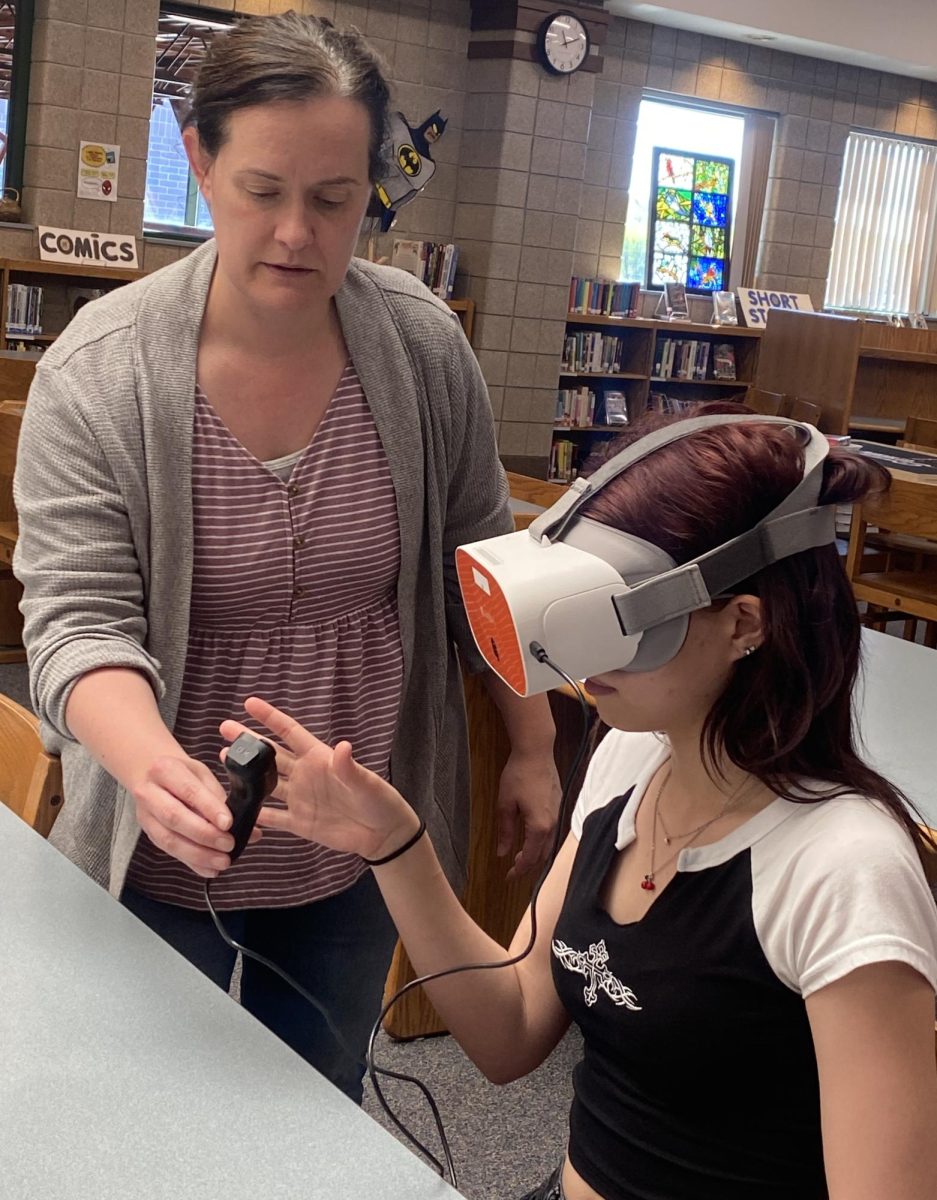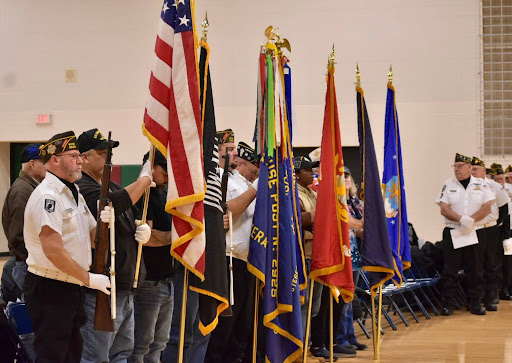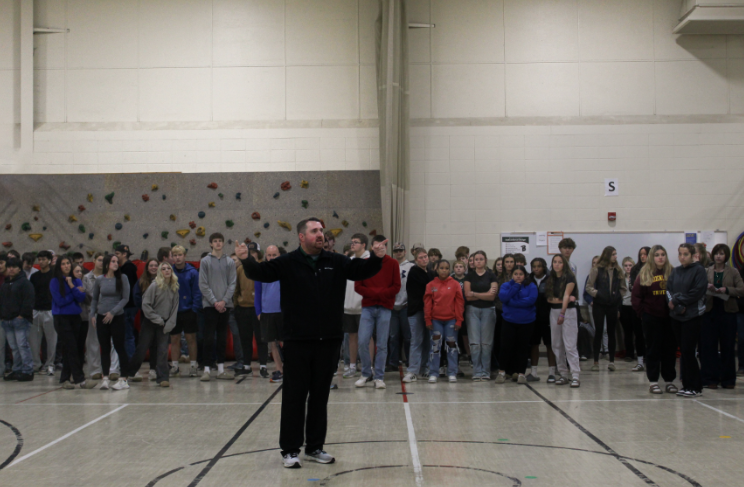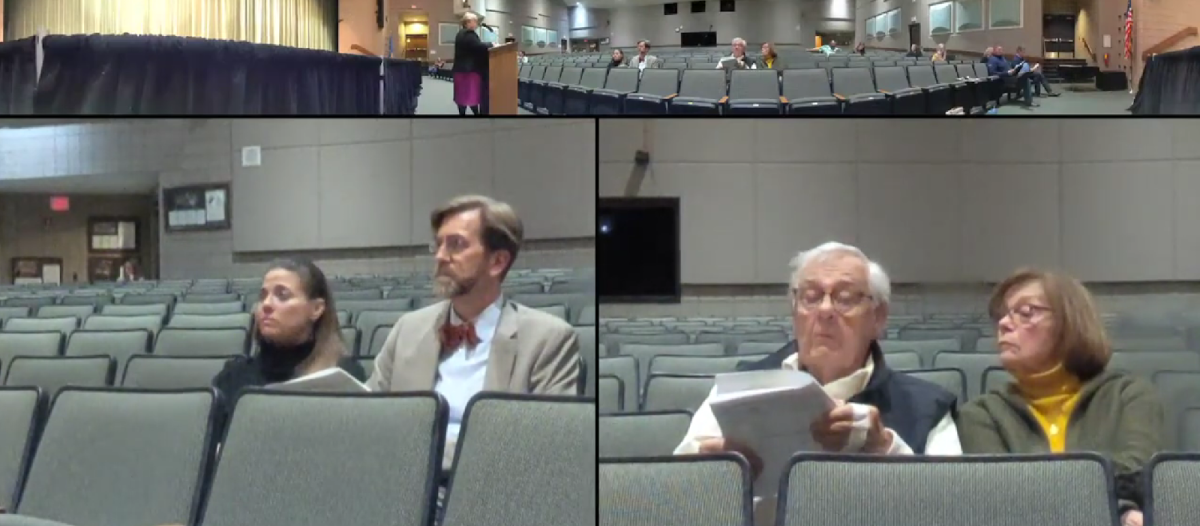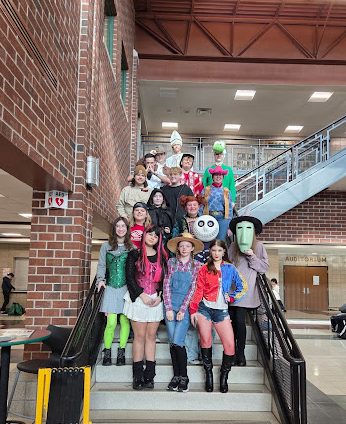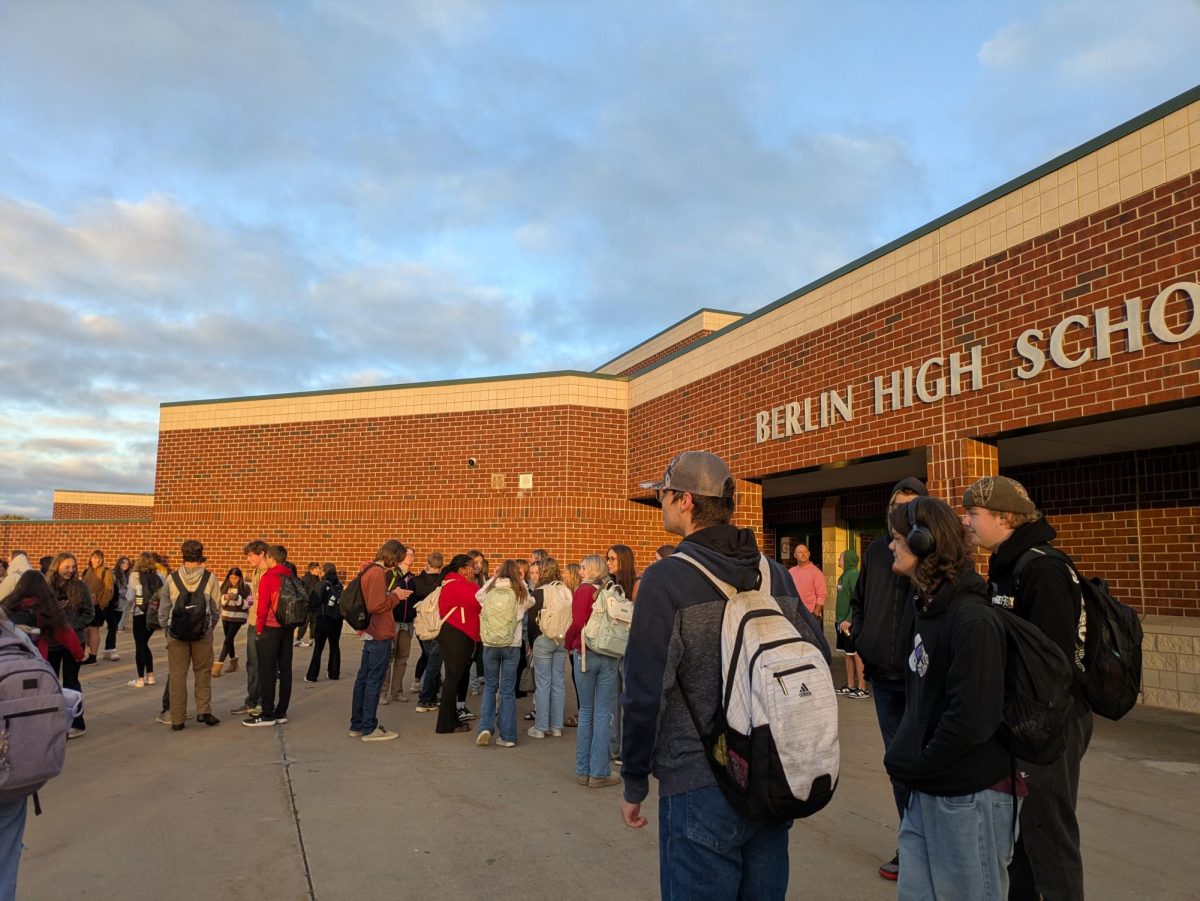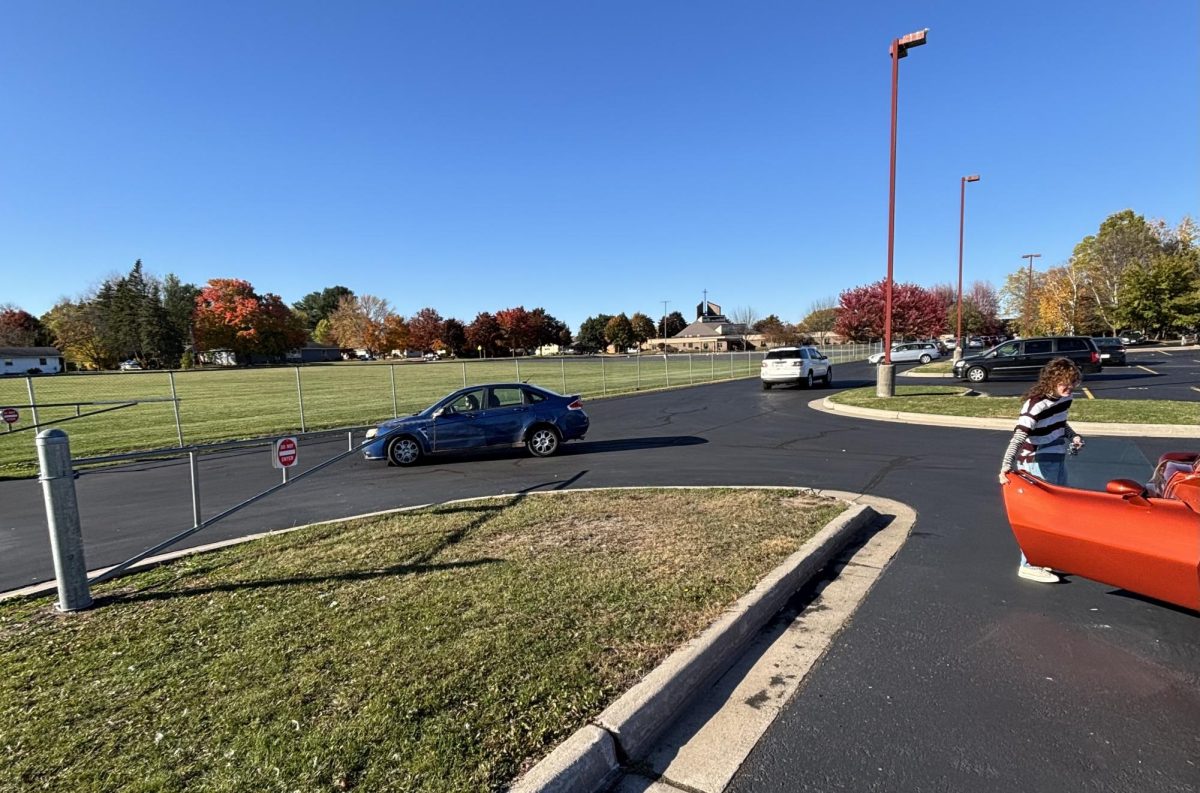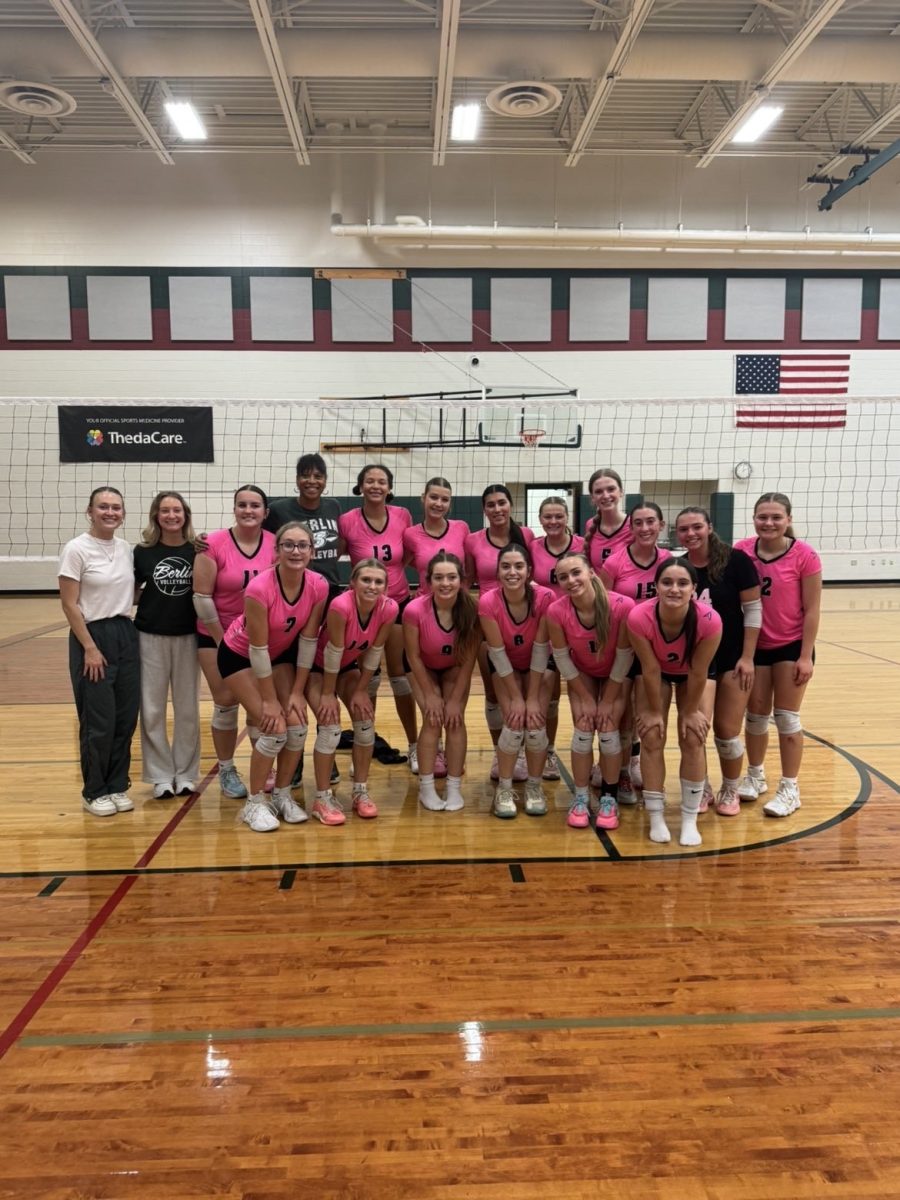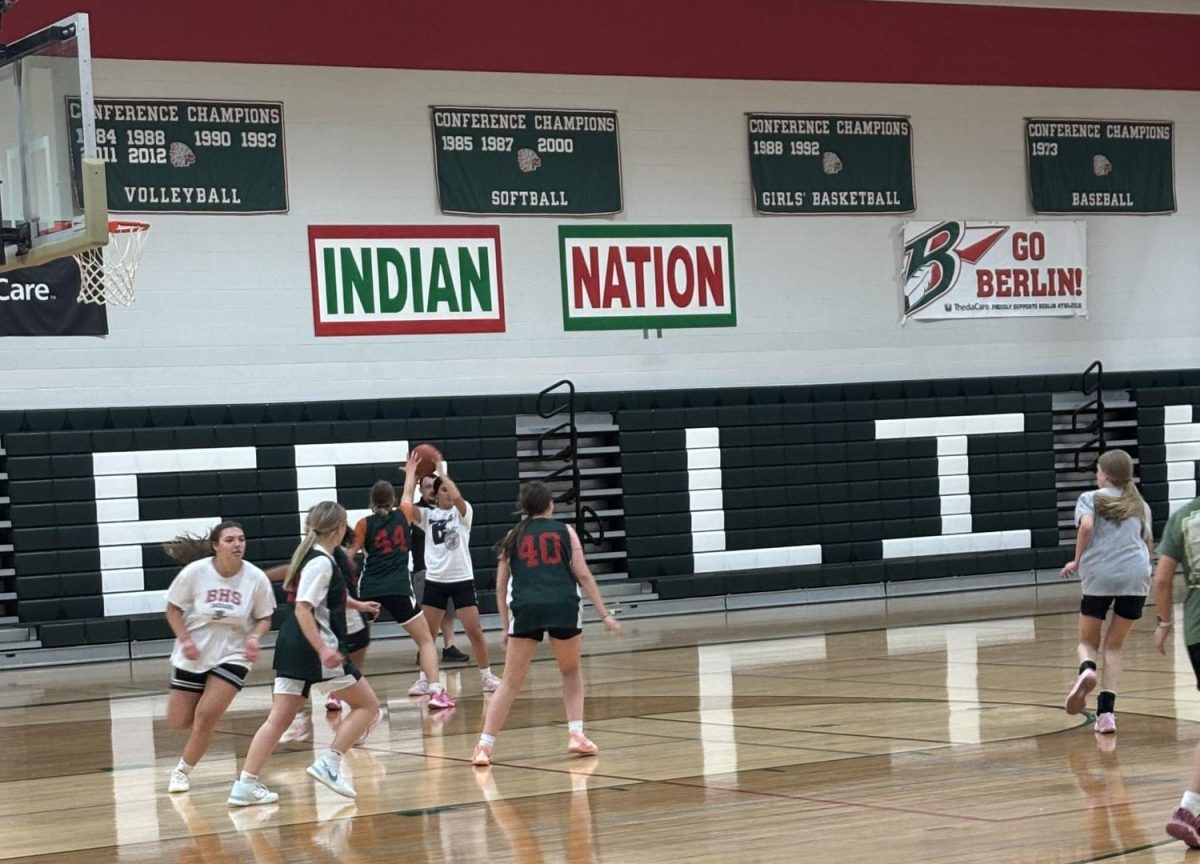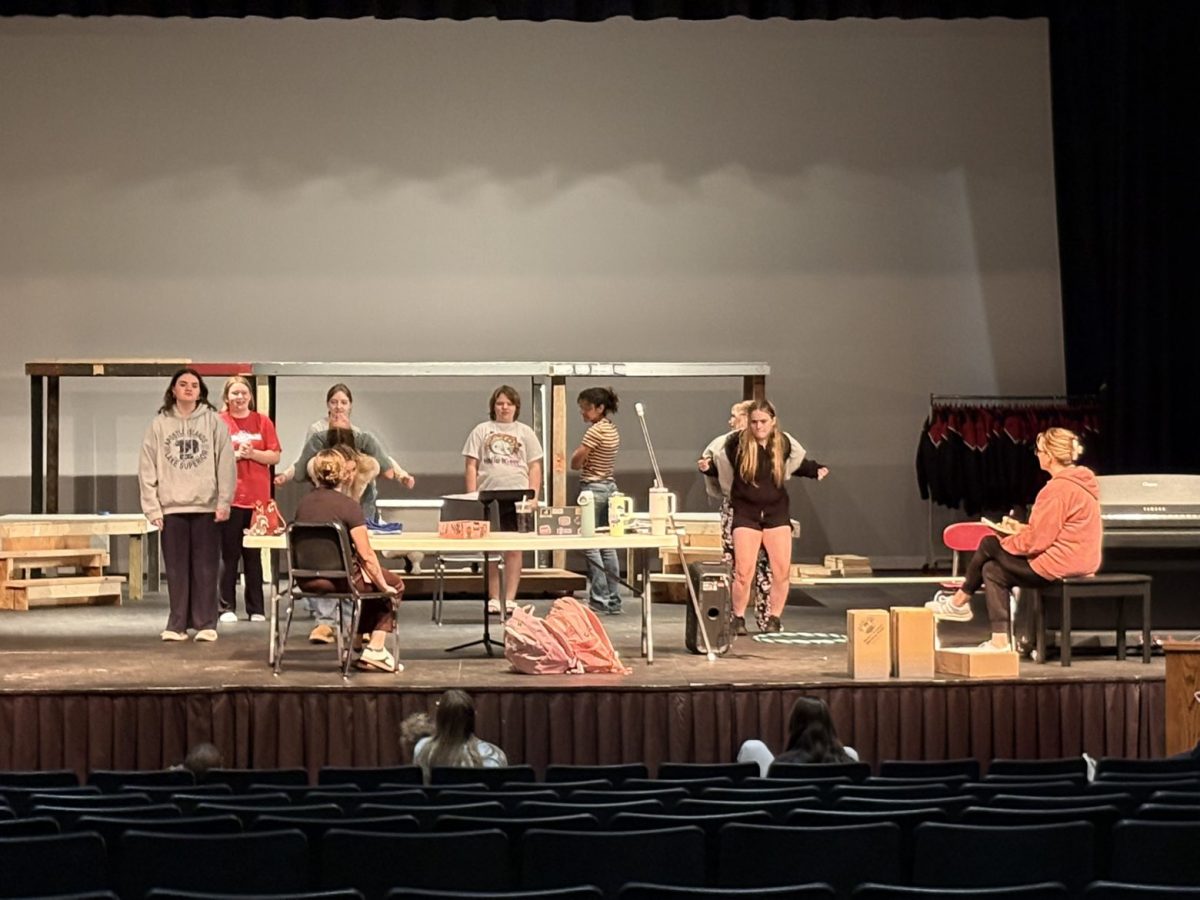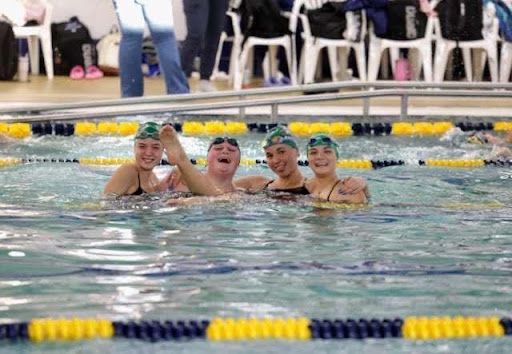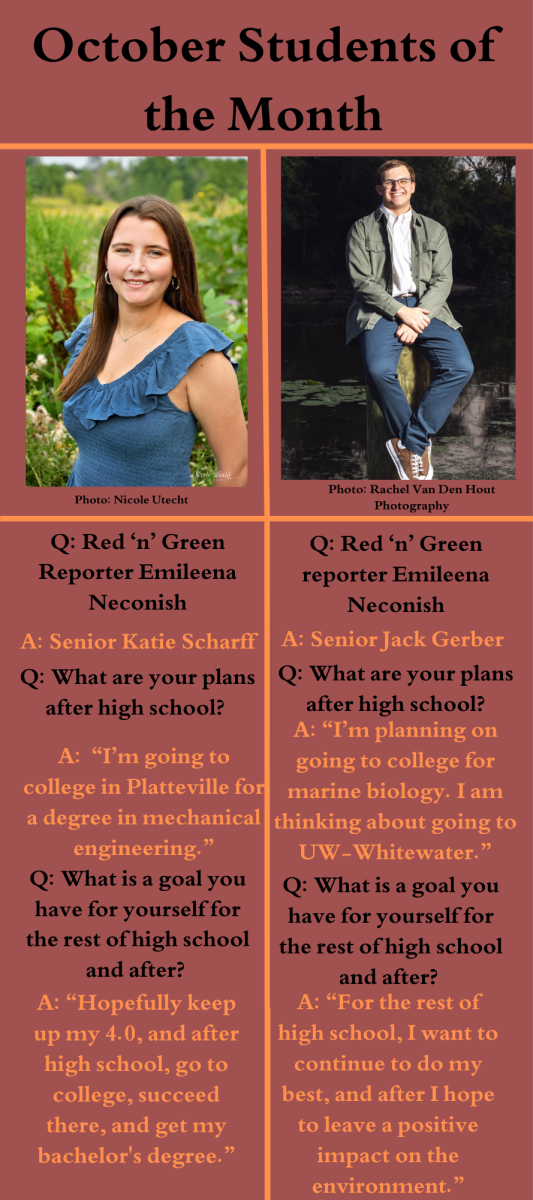Library media specialist Sarah Gumtow began testing VR headsets in the LMC in April. She did this with members from each department to learn how the VR headsets worked and explore the possibility of implementing them into everyday school use.
“They’re totally for educational use. They’d be used to supplement materials and curriculum that teachers are using in the classroom,” Gumtow said. “Some teachers have been really excited to use them in their classes. We’ve already had our Spanish Department use them with students to show them different countries.”
Spanish teacher Jody Ziemann has already begun using VR headsets in her classroom as a way for students to explore Spanish speaking countries without actually being there in person.
“I can’t speak for other departments but in the Spanish Department, we can see using the headsets to take students on virtual field trips to museums, other countries, etc.,” Ziemann said. “The 360 degree view will allow students to feel as close to actually being in another place as possible.”
Freshman Anika Pulvermacher is one of Ziemann’s Spanish students who was granted the opportunity to use the VR headsets during class.
“I liked that I could see everything since I’ve never gone there,” Pulvermacher said. “When I use them sometimes I get motion sickness, but I think they’re pretty fun to use.”
Previously, there were two-three sets of outdated glasses used throughout the district. However, recently all three librarians in the BASD school district teamed up to purchase a new set that includes 30 VR headsets. The funds for this were provided by the Wisconsin common school fund.
“School libraries in Wisconsin every year receive money from the common school fund,” Gumtow said. “A portion of fines, forfeitures, and seizures go to funding the common school fund. Every time someone gets something like a traffic ticket, a part of their fine or fee from that ticket helps fund school libraries in Wisconsin. It’s very unique to our state. Other states do not have things such as the common school fund set up.”
The cart used to store the VR headsets has UV lights set in place for sanitation after use, and foam inserts within the headsets that are washable. The new headsets will serve to replace old headsets, some of which were made out of cardboard.
“Overall, I think using the headsets can provide an interesting and enjoyable way to learn,” Ziemann said. “I hope to use them again soon.”

